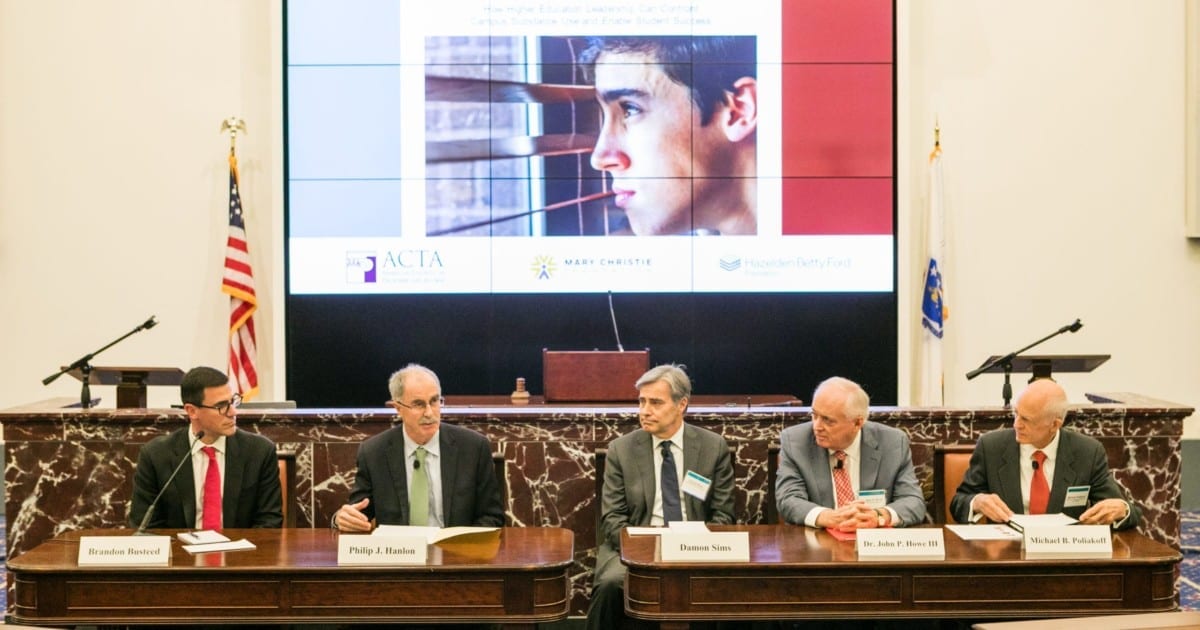1. AAU Campus Climate Survey Update
An extensive report on campus sexual violence found significant levels of sexual mis- conduct and disparities in the prevalence of sexual misconduct among different categories of students. The report is the second iteration of a major effort by the Association of American Universities (AAU), which represents research universities across the country, to examine the prevalence of sexual assault and misconduct, and the related campus climate, at colleges and universities. The survey was the largest of its kind, with 181,752 student respondents out of a sample size of 830,936. This year’s report, along with the 2015 ver- sion, confirms a controversial talking point that one in four undergraduate women are sexually assaulted during their time on cam- pus. Overall, about 13% of students of all genders had sexual contact without their permission. Undergraduate female and TGQN (transgender, gender queer, non-conforming) students reported having the highest rates of sexual misconduct. More than 20% of under- graduate students with an alternative gender identity said they had experienced sexual violence. Among undergraduate TGQN students, 65.1 percent reported experiencing harassing behavior since enrolling at the school, 21.5 percent with partners reported intimate partner violence (IPV) and 15.2 percent stalking. Among undergraduate women, 59.2, 14.1 and 10.0 percent experienced harassing behavior, intimate partner violence and stalking, respectively. For the schools that participated in both the 2015 and 2019 surveys, the rate of nonconsensual sexual contact by physical force or inability to consent increased by 3 percentage points for undergraduate women and 1.4 percentage points for undergraduate men. There was also a significant increase in student reports of their knowledge about school definitions and procedures related to sexual assault and misconduct.
2. Mental Health of High Achieving Students
The National Society of Collegiate Scholars and Active Minds released new data on the mental health of high-achieving college students as well as recommendations for how universities can help students facing mental health challenges. The national survey of 9,319 college students with a grade point average of 3.4 or above found that 91% have felt overwhelmed by the number of responsibilities they hold. About two thirds reported a need for mental health services in the last year. Despite facing significant challenges, high-achieving students have positive attitudes about mental health services and are likely to seek help, according to the report. 73% reported seeking help from someone in the last 12 months. Respondents cited stigma toward mental health, a lack of financial resources, or a preference for dealing with issues on their own, as reasons they had not sought help. Aside from the counseling center and close friends, high-achieving students reported a preference for seeking help from an academic advisor or professor. However, more than two-thirds reported that they do not feel comfortable doing so. The organizations encouraged faculty to include contact information for mental health services on their syllabi or provide a list of these resources to individual students who come to them for help, practice self-care themselves, include well-being skills in their curriculum, and ask administrators to pro- vide more resources and training surround- ing mental health issues.
3.Concussions More Common than Previously Thought
New research from the University of Colorado at Boulder reveals that college students in the US suffer concussions twice as often as previously believed, and that they are significantly more likely to occur off the playing field than on. According to the three-year study, published in the journal JAMA Network Open, among roughly 30,000 public university undergraduates, about 340 concussions are diagnosed annually – an incidence rate of about one in 75 students per year. When varsity athletes weren’t included in the analysis, 64% of concussions were non-sport-related. Falls accounted for 38% of concussions, hits to the head accounted for 8.5% and motor vehicle accidents accounted for 6.5%. Researchers also found that 41% of students diagnosed with concussion said they had already had between one and three concussions; 5% reported four or more. The report, which looked at student health data from the University of Colorado Boulder, also noted that concussion incidence is slightly higher among females. Study co-author Dr. John Breck, lead physician at CU Boulder Medical Services, said that while it’s uncertain why females seem to be more susceptible, it could be due to differences in hormones, neck strength and head mass. “There is a widely held perception that most concussions are sport-related. Our study shows it can happen to anyone, male or female, engaged in a variety of activities,” said co-author Matt McQueen, an integrative physiology professor and project director of the Pac-12 Concussion coordinating Unit.
4. International Students Enrollment
According to annual data released by the Institute of International Education, new international student enrollment dropped for the third-straight year in the 2018-19 academic year, though the 1-percent decline was not as steep as the nearly 7-percent drop the previous year. Open Doors, a survey of international exchange activity sponsored by the U.S. Department of State, showed that fewer foreign students came to the U.S. for undergraduate and non-degree education, with those groups declining year-over-year by 1.5% and 5.7%, respectively.
Despite those trends, the number of international students in the U.S. reached a record high of 1.1 million in 2018-19, a year-over- year increase of 0.5%. The report also showed that while half of colleges included in the snapshot reported that new international enrollments have declined again this fall, 41 percent of colleges reported an uptick in first- time foreign students, and 11 universities en- roll more than 10,000 international students. According to a recent survey by World Edu- cation Services, a nonprofit international-education research company, concerns about the threat of gun violence are growing among international students. The survey of about 2,000 current or recent international students at American colleges found that nearly two in five are worried about gun violence.
5. Sleep
According to recent research conducted by researchers at the Massachusetts Institute of Technology, sleep quality, duration, and consistency are directly and strongly related to college student academic performance. For the study, published in the journal Science of Learning, one hundred students from the MIT chemistry class received Fitbits for an entire semester, which are devices worn on the hand and provide information about a person’s activities. The Fitbits measured the duration and quality of sleep using a combination of movements and heart-rate during bed-time. During the semester, the students completed several quizzes and midterms, and one final exam. Students with a great- er amount and quality of sleep had higher grades. Another recent sleep study showed health benefits for students who get more sleep. Researchers also found that when told to extend their sleep for the study, students were able to get, on average, an extra 43 minutes of sleep. This resulted in less sleepiness during the day and lower blood pressure. Anne-Marie Chang, assistant professor of biobehavioral health and nursing at Penn State says that the findings suggest that get- ting more sleep is a feasible and attainable goal for most college students.



